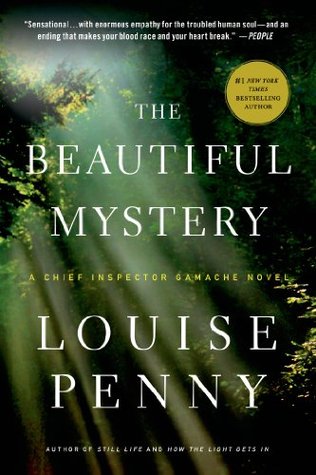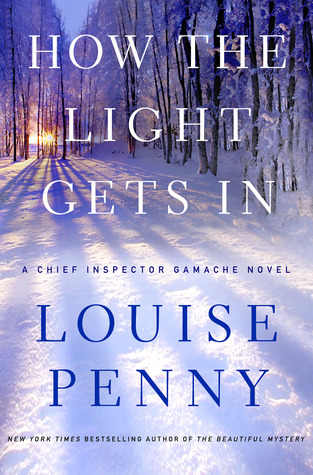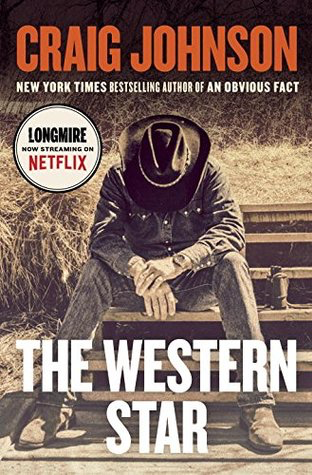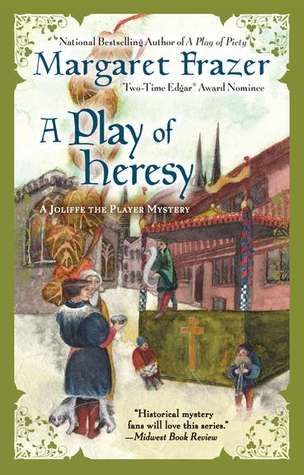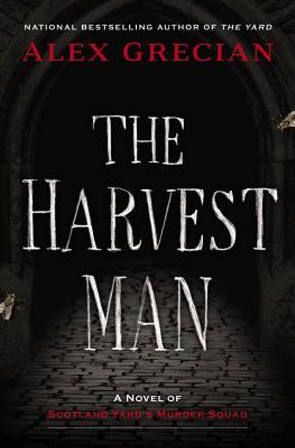I received this book for free from the library in exchange for an honest review. This does not affect my opinion of the book or the content of my review.
Source: the library
Still Life
by
Louise Penny
It is part of the Chief Inspector Armand Gamache #1 series and is a mystery in eBook edition that was published by St. Martin Paperbacks on May 1, 2007 and has 293 pages.
Explore it on Goodreads or Amazon
Other books in this series include [books_series]
Other books by this author which I have reviewed include A Fatal Grace, A Rule Against Murder, The Cruelest Month, The Brutal Telling, Bury Your Dead, The Hangman, A Trick of the Light, The Beautiful Mystery, How the Light Gets In, The Long Way Home, The Nature of the Beast, A Great Reckoning, Kingdom of the Blind, A Better Man, All The Devils are Here
First in the Chief Inspector Armand Gamache mystery series and revolving around Gamache and his sense of what’s right.
In 2007, Still Life won the Barry Award for Best First Novel and the Dilys Award. In 2006, it won The Crime Writers’ Association New Blood Dagger and the Arthur Ellis Award for Best First Novel.
My Take
Oh, this was lovely! A cozy contemporary mystery in a village of people pursuing their second careers with many of them artists or lovers of art. Some are longtime friends who have grown up in the village while others have drifted in from elsewhere, seeking a respite from the cares of a colder, more self-absorbed world.
The beginning will catch your attention if only because it’s so confusing, for Penny has killed off her victim before she’s died. I have to wonder if that was its point, to intrigue.
I adore Elise’s reasoning for accepting Fair Day. Just the kind of attitude we need in so many aspects of life! My adoration was capped off by Olivier’s lust for Jane’s mudroom. Penny wrote this so well. She made me feel everyone! I could picture it all from the visible to the metaphysical, the characters of the people, the setting, the warmth. Penny described a place where one could feel at home. Preferably without those bows and arrows, though!
Oh, lord, going back over my notes, I found a nasty bit of foreshadowing. Subtle, Penny, very subtle.
That Yolande…what a piece of work! The scenes with Agent Nichol are amazing. Not at all what you would expect, and yet Penny works them to showcase Gamache’s character, his style of working, Nichol’s actions and character, and the murder investigation. Talk about multi-purposing! Wait’ll you read the mirror scene…oh, LOL. She’s so dim. Peter’s character had me confused. He’s both so patient and so not. And Clara. She’s such a nice woman, and with a brain she uses well, for the most part.
Interesting bit of colonial history to explain the village’s name and the importance of the pine trees. And Penny gets her bit in on the English–Française brangle. I’m with Ben on this one. Although Penny does point out underlying perspectives: the French believe in collective rights which explains the French attitude about keeping their language pure, while the English believe in individual rights. The explanation about the differences in bow-hunting and target shooting as well as the differences in the arrows was also educational.
Penny throws out all these possibilities, drags all these red herrings along expected paths, and then throws in the twists. There’s an intriguing reference — and well done — to “the fault in our stars” which leads directly to a comment Myrna makes that had an impact on me:
“It’s not fate, not genetics, not bad luck, and it’s definitely not Mom and Dad. Ultimately it’s us and our choices…the solution rests with us as well. We’re the only ones who can change our lives, turn them around. So all those years waiting for someone else to do it are wasted.”
Penny does so much so well, that it’s a bit flabbergasting when she flubs it as in Gamache’s getting his badge and gun back. There are a few other simplistic spots, but this one stood out the most. It’s not an obvious miss, it just catches at you, makes you pause momentarily, wondering why it feels wrong.
Oh, lord, finding what Jane’s been hiding in her house all these years will break your heart. I hate it when a good artist dies. You’ll hate even more when you read of Yolande’s idea of a good funeral…oh, brother.
The Story
It’s the annual art show, Arts Williamsburg, that sets it all in motion, for the jury has accepted Fair Day, the painting Jane submitted. The first time anyone ever will have seen her work.
The Characters
Miss Jane Neal is the village’s much-loved, former schoolteacher who has finally gotten brave enough to show her paintings. Lucy is her beloved dog. Andreas Selinsky is the lumberjack Jane almost married, who was employed by Kaye Thompson. The shallow, greedy Yolande Fontaine is Jane’s niece, who is married to André Malenfant, a miscreant with a record. Their son, Bernard, seems to be his apprentice.
Clara Morrow is one of those odd artists, creating art that most people aren’t quite sure about. I can relate. She’s married to a very successful artist, Peter, only it takes so long to create one of his paintings.
The jury for the art show includes Clara and Peter; Elise Jacob is the chairperson, and a former curator at the Musée des Beaux Arts in Ottawa; Henri Lariviere is a quarry worker-turned-sculptor; and, the self-absorbed, petty Irenée Calfat is a potter. Isaac Coy is the caretaker at the gallery.
More friends include Ruth Zardo, a curmudgeonly award-winning poet; Olivier Brulé and Gabri, a gay couple who run a bistro and B&B in Three Pines — Olivier adores his antiques while Gabri is an amazing chef for their B&B as well as the local choir director; Ben Hadley, a son-in-waiting, has been Peter’s best friend since childhood; and, the black Myrna Landers was a psychologist back in Montreal, now turned bookstore owner.
Phillipe Croft, Gus Hennessey, and Claude LaPierre are the little vandals. Matthew Croft, a bow hunter, is Phillipe’s father; Suzanne is the wrongly protective mother.
Timmer Hadley is Ben’s now-deceased mother; she had been one of Jane’s best friends. Hanna Parra is their local elected representative. Old Mundin is a young man concerned about Lucy. Nellie and Wayne Robertson. Jacques Beliveau owns the local general store. Maître Norman Stickley claims to be Jane’s lawyer. Solange Frenette is a notary who just had a baby.
Chief Inspector Armand Gamache is head of Homicide with the Sûreté du Quebec, hovering in place with a stalled career. He’s a great believer in mentoring the young officers, and he adores his very flexible wife of thirty-two years, Reine-Marie. Inspector Jean Guy Beauvoir is his second-in-command. Officer Robert Lemieux is the duty officer with the Cowansville Sûreté. Dr. Sharon Harris is the on-site coroner. Agent Isabelle Lacoste has hunches. Inspector Comeau was Gamache’s mentor. Maître Brigitte Cohen is the prosecutor.
Agent Yvette Nichol has been dying to get on to the Sûreté, and now she has her big chance. Her dad, Ari Nikulas, is feeling guilt over the stories he’s told; Angelina is her proud sister.
Superintendent Michel Brébeuf is a friend of Gamache’s, although neither of them will allow this to prevent their doing what they believe is right. Claude Guimette is with the Guardians Office.
The Cover and Title
The cover of the version I read was gorgeous (hardcover, copyright 2005). Buy it in hardcover with a paper jacket just so you can hang the cover! It’s so appropriate for this tale, both Still Life as metaphor for the life that has been stilled, ungrowing, as well as a homage to the primary characters and the reason for death. A lonely village road curving between old wooden buildings, leading to a white steepled church, and the whole surrounded by vertical slashes of bright, colorful, cheerful oil paints.


